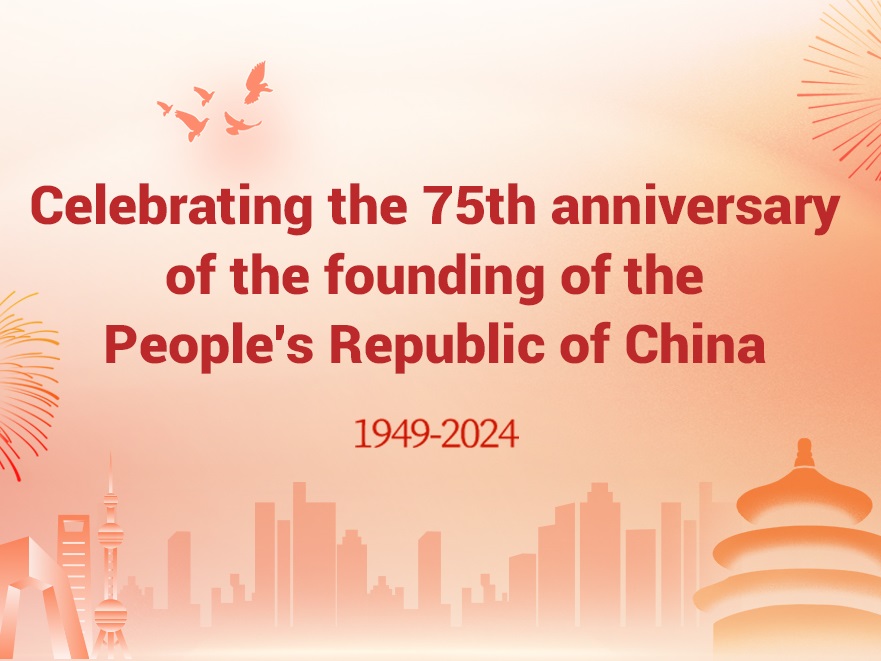Republic of the Philippines
Area: 2,997,000 square kilometers
Population: 198 million (till August 2015).
Capital: Metro Manila
Administrative divisions:
The country is divided into three island groups: Luzon, Visayas, and Mindanao. These are further divided into 18 regions, 81 provinces, and 117 cities and municipalities.
Overview:
Republic of the Philippines is located in southeast Asia. To its north is Taiwan, to its south and southwest are Indonesia and Malaysia, to its east is the Pacific Ocean. There are more than 7,000 islands in total, of which 11 major islands such as Luzon Island, Mindanao Island and Samar Island account for 96 percent of the country's total area. The coastline is about 18,533 kilometers long.
Economy:
Export-oriented economy with tertiary industry in prominent position, agriculture and manufacturing industries also account for a considerable proportion. The main economic data in 2017 are as follows:
GDP: 389 billion dollars
Per capita GDP: 3,593 dollars
GDP growth rate: 6.7 percent
Currency name: Peso
Resources:
It boasts more than 20 kinds of mineral deposits including copper, gold, silver, iron, chromium, and nickel. Copper reserves are about 4.8 billion tons, nickels are 1.09 billion tons, and gold are 136 million tons. Geothermal resources are estimated to have 2.09 billion barrels of crude oil standard energy. The oil reserves in the northwestern part of Palawan island are about 350 million barrels.
Industry:
Industrial output in 2016 was 93.99 billion dollars, a year-on-year increase of 8.5 percent, of which the output of mining, manufacturing, construction and electricity and energy industries was 2.41 billion dollars, 59.9 billion dollars, 22.1 billion dollars and 9.6 billion dollars, respectively, accounting for 0.7 percent, 16.3 percent, 6 percent and 2.6 percent of the GDP.
Agriculture, forestry and fishery industry:
In 2016, the output of agriculture, forestry and fishery industry was 29.42 billion dollars, accounting for 8 percent of the GDP. The main export products are coconut oil, banana, fish and shrimp, sugar and sugar products, pineapple and pineapple juice, unprocessed tobacco, natural rubber, coconut meal and seaweed.
The country covers a forestry area of 15.79 million hectares, with valuable woods such as ebony and sandalwood.
It also boasts an abundance of aquatic resources, with more than 2,400 species of fish. The developed sea water and fresh water fishing ground area reached 2,080 square kilometers.
Tourism:
The travel and tourism sector is a major contributor to the economy. Main scenic spots include Pagsanjan, Baguio City, Mayon Volcano and rice terraces in Ifugao Province.
Foreign capital:
Data released by the Department of Trade and Industry (DTI) of the Republic of the Philippines showed that in 2016, the Philippines absorbed 4.61 billion dollars of foreign capital, down 10.7 percent year-on-year. These foreign capitals are mainly invested to fields such as manufacturing, water and electricity supply and services from countries including the Netherlands, Australia, the United States, Japan, and Singapore.


